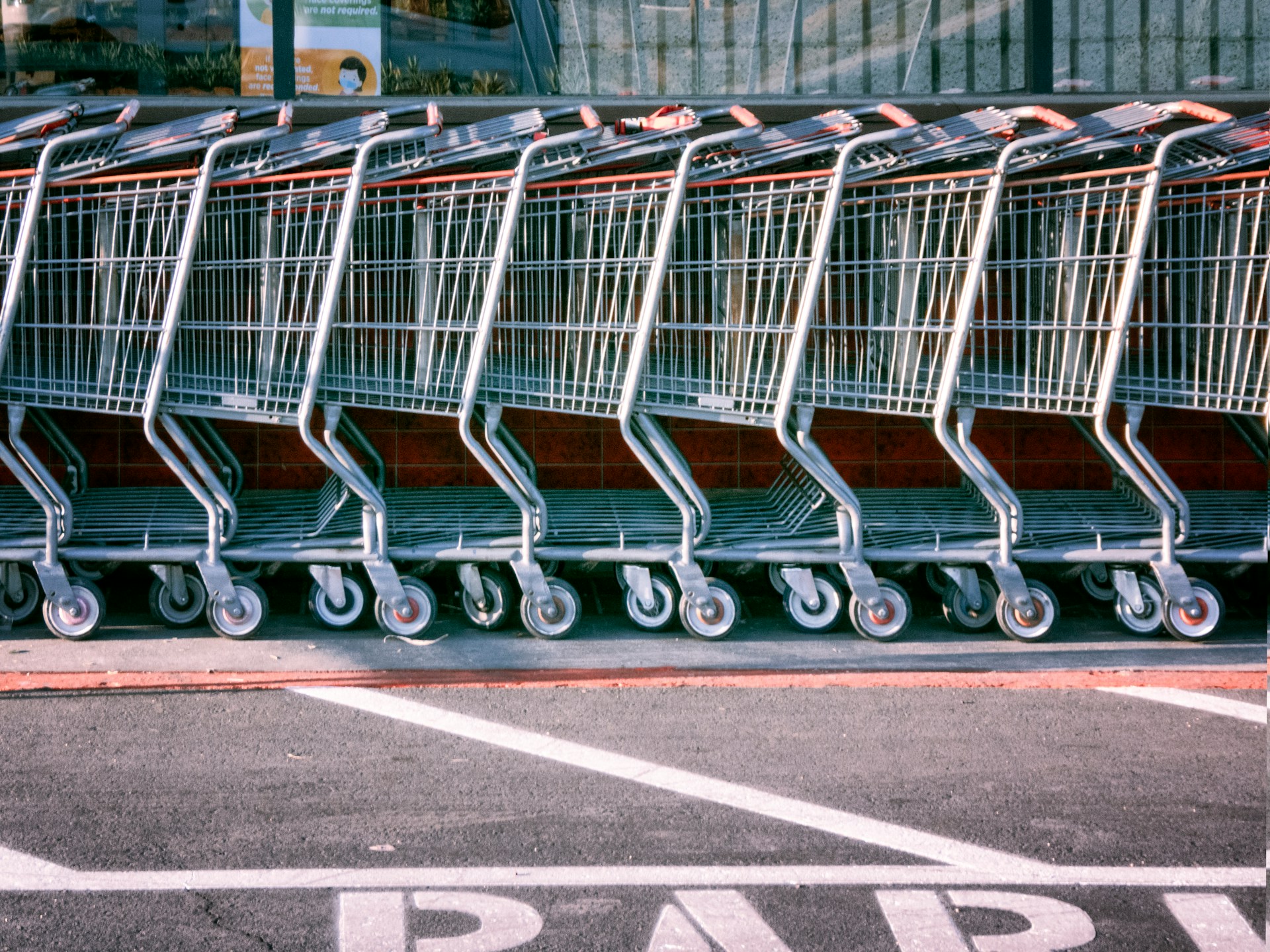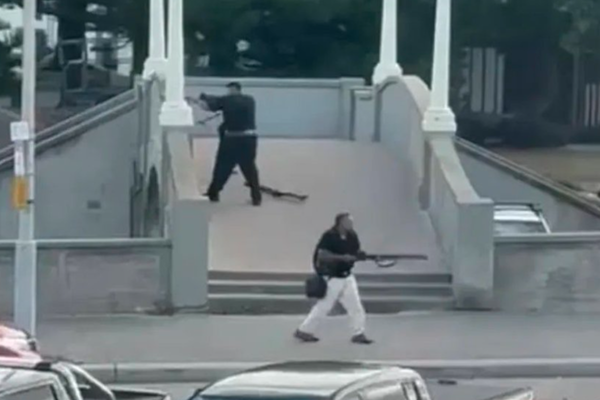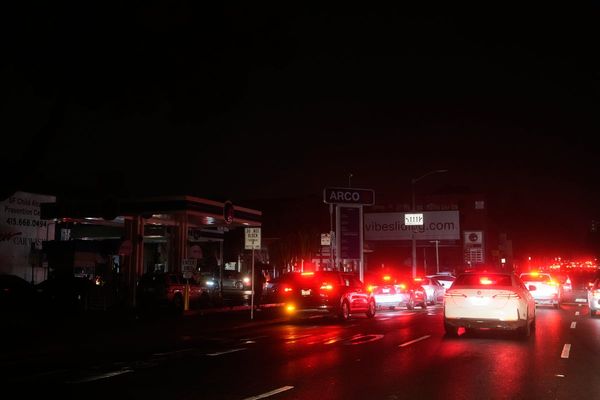
Ever wonder why you end up buying more than you planned? A lot of it comes down to subtle but powerful strategies around cart placement in retail environments. From the size and location of the tools you push to the paths you walk with them, cart placement influences what you grab, how long you stay, and ultimately how much you spend. Studies show that larger carts, better-placed baskets, and well-designed aisles can boost spending by significant percentages. If you’re a retailer or shopper, understanding cart placement tricks can tell you exactly how the game is rigged, so you can decide how to play it.
1. Place Larger Carts at the Entrance
When a store offers larger carts right as you walk in, the cart placement sets the tone for bigger purchases. Psychologically, a roomy cart makes you feel like you have space to fill and value to get. One analysis found that just doubling cart size can lead to around a 40% increase in spending. By placing these large carts at the entry, retailers invite you to ‘go big’ from the start. As a shopper, choosing a smaller cart or even a basket could help you resist that nudge.
2. Position Carts So You Reveal the Entire Store Path
Using clever cart placement, stores guide you on a longer loop through aisles, increasing exposure to more items. If your cart cues you to turn toward specific aisles or keeps you away from the exit zone too early, you’ll pass more temptation spots. Retail psychology confirms that when you spend more time in the store, you spend more money. The path your cart takes isn’t accidental; it’s planned. Recognizing this means you can shop with more intention instead of being led on a spending spree.
3. Showcase Impulse Items Inside or Near the Cart Zone
Cart placement isn’t just about size and route. It’s also about what you do with the cart after you pick it up. Placing high-margin, impulsive items like snacks, small gadgets, or seasonal products right where you load your cart or push it out helps raise spending. Retail experts point out that combining product placement with cart flow drives impulse buys. So if you’re grabbing a cart and immediately spot tempting items nearby, that’s no accident. As a shopper, starting further down the aisle or turning around the cart before loading may help you resist.
4. Use Cart Design to Encourage More Items
Beyond just placement, the physical design of a cart contributes to higher spending, for example, size, partitions, and handle orientation. Recent research showed that larger carts and even specific handle configurations led shoppers to purchase more items and spend more money. By adjusting cart size and layout, retailers enhance the impact of cart placement. For shoppers, being aware that a big cart equals big spending can help you reign in your trip or choose a smaller option.
5. Place Essentials at the Back to Force More Cart Travel
By placing everyday essentials (milk, bread, eggs) at the back of the store, the store uses cart placement to make you push your cart through more of the store. This means your cart passes more shelves, impulse displays, and deals before you check out. Retail experts call this a classical layout strategy for increasing sales. The longer your cart’s journey, the more likely you’ll stuff it. As a savvy shopper, consider getting the essentials first or starting at the back to avoid this spending trap.
6. Position Baskets/Carts Near Promotion Zones
Cart placement near high-visibility promotion zones, like endcaps or deal aisles, just as you pick up your cart, increases impulse likelihood. When you grab a cart right where deals are visible, your mindset shifts from “just what I need” to “what can I add?” Product placement research supports this visibility effect. This positioning nudges you toward higher spending before you even start. If you’re shopping to stay on budget, pick up your cart away from deal zones and start neutral.
7. Offer Multiple Cart Sizes to Upsell
Providing both small and large carts is a cart placement trick that subtly upsells. You’ll often pick the ‘large’ one because it’s available and looks like the best value. Retail layout studies note that the availability of larger carts correlates with higher basket sizes. Stores know this; they rationalize that larger carts appear more convenient and budget-friendly. For consumers looking to curb spending, deliberately choosing a smaller cart size can act as a spending control.
8. Leverage Child Seats and Extra Compartments in Carts
Carts featuring child seats, additional compartments, or special attachments encourage you to grab more items because the cart looks built for volume. From a cart placement standpoint, the additional space and design invite enhanced load. Research supports that subdivisions in cart compartments can increase purchase variety and amount. As a result, you’re nudged into “fill the space” mode. Recognizing this means you might decide whether you truly need the extra space before you start shopping.
9. Locate Checkout Carts & Impulse Extensions Near Lanes
Near the checkout, stores often place small carts or basket extensions and surround them with high-profit impulse items, everything that taps into cart placement at the final step. Since your cart is already full or partly full, decision fatigue kicks in, and you’re more vulnerable to “one more thing” additions. Psychology of shopping confirms that the checkout is a major impulse spending zone. As a shopper, standing back from your cart for a moment and reviewing what’s there before you queue can reduce last-minute additions.
10. Use Visual Cues on Carts to Guide Movement
Even small visual elements on a cart, like signage, branding, or color, are part of the cart placement strategy. According to studies on product arrangement, visual cues guide attention and behavior in a shopping environment. A cart with branded graphics can prime the shopper toward certain categories or promotions. As a consumer, being aware of these cues helps you identify when you’re being primed and make more deliberate choices.
11. Align Cart Location with Time-Sensitive Zones (e.g., seasonal displays)
When carts are placed near seasonal displays or time-sensitive zones (holidays, back-to-school), retailers exploit cart placement to capture that urgency. You grab the cart, and you’re already near a seasonal display. It becomes easier to add to the theme. Retail layout psychology shows that positioning carts near high-emotion zones increases spend. For shoppers, making sure you start at a neutral zone and avoid walking straight into seasonal zones when your mission is basic shopping helps you stay on track.
12. Offer End-Cap Cart Parking Options Near Deals
Finally, cart placement includes the idea of parking or depositing carts near end-caps and deal zones, so you start your trip by seeing high-margin items immediately. This nudges the shopper into a buying mindset before their list begins. Retail design experts highlight that “decompression zones” and end-caps are critical for influencing buyer behavior. As a shopper, reaching for your cart away from these “opening deal zones” helps you set a slower, more mindful pace.
How You Can Outsmart the Cart Placement Game
Knowing these 12 cart placement tricks gives you power, whether you’re a retailer designing a store or a consumer trying to shop smart. For everyday shoppers, the key takeaway is: choose your cart size consciously, pick your starting point with intent, and pause before adding items. Recognize when the environment is nudging you to buy more than planned. If you’re feeling impulse layers creeping up, take a step back, reevaluate your list, and reclaim control of the cart, not the other way around.
Have you noticed any of these cart placement tricks while shopping? Share what got you to buy more than you expected in the comments!
What to Read Next
- 10 Cart Organization Hacks That Cut Time in Line
- 8 Things Other Shoppers Can Tell About You Buy What’s In Your Cart
- Why Are Shoppers Taking Photos of Other People’s Carts?
- 8 Foods Amazon Groceries Flags When You Put Them in Your Cart
- 9 Shopping Cart Choices That Predict Overspending Habits
The post 12 Cart Placement Tricks That Boost Spending appeared first on Grocery Coupon Guide.







